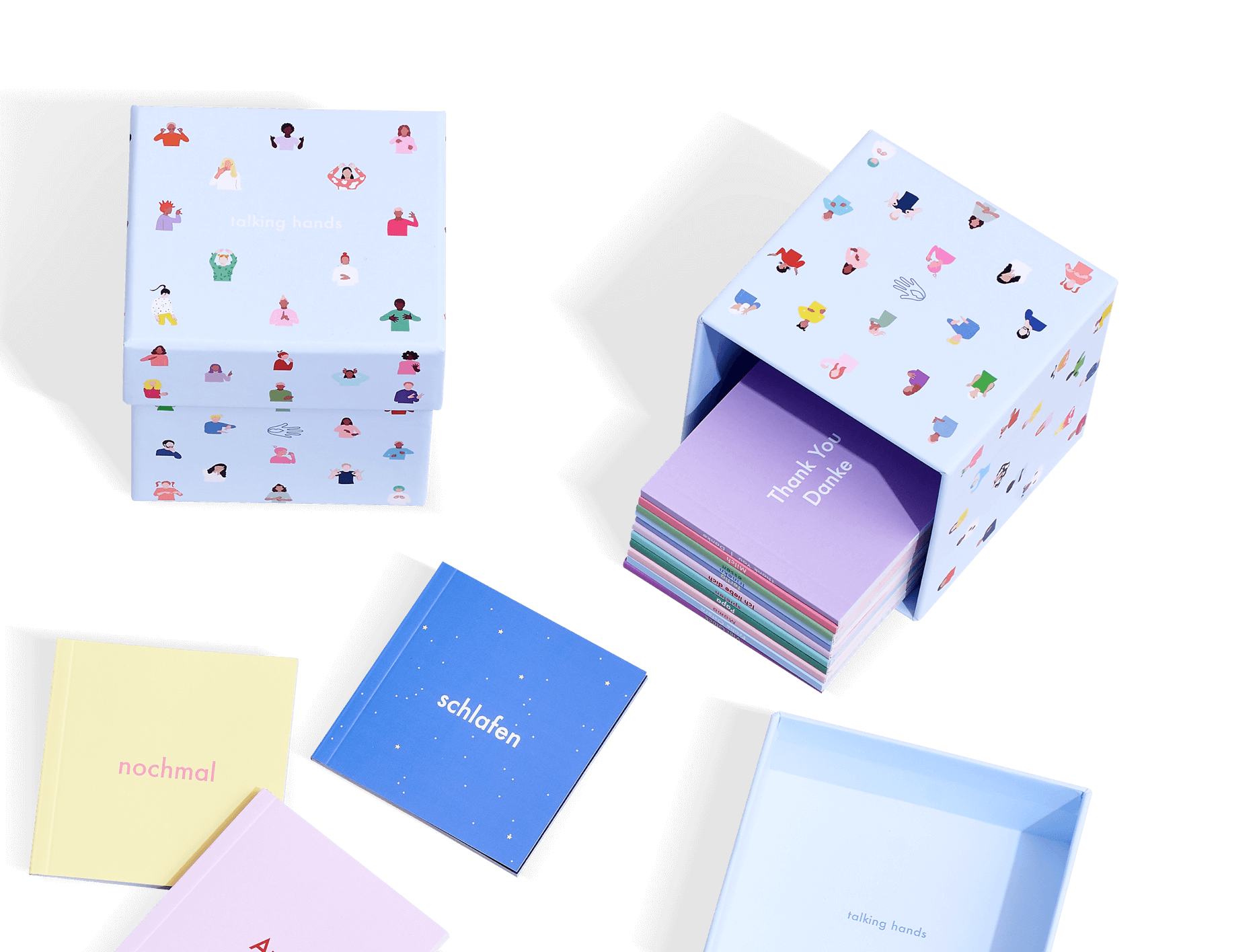How to Maintain Brand Consistency and Uniformity in your Products


Subscribe now! Receive 15% discount.
Don’t miss out – get 15% off your first order when you join the newsletter. It’s fast, free, and kinda smart.
You're now subscribed!
In this article:
Consistent branding is crucial for a business, but it’s no cakewalk to maintain.
Sticking to an identity takes concerted effort and dedication.
Branding is multifaceted, and maintaining uniformity means keeping to the same standards in every aspect, regardless of external conditions.
Here, we’ll explore tips for sticking to an identity and making it reflect in your products.
But let’s first examine why you should maintain brand consistency for your business.
Importance of brand consistency
Brand consistency relates to a company’s ability to maintain uniformity in its outputs.
It involves keeping to preset standards in all operations that make up your organization’s identity.
It gives uniqueness to your business in competitive markets. It differentiates your brand from others while giving you an edge in the competition for market share.
See how to differentiate your brand with unique packaging design
Maintaining regularity in your dealings creates a pattern that customers recognize and associate with your business.
Brand consistency solidifies brand identity and authority. Consistent branding increases your company’s recognition and imprints its image in customers’ minds.
That way, it’s easier for customers to identify your outputs. Plus, it ties authority to your products.

Learn more about Oase and how they use packaging design to maintain brand consistency
For example, consider how people regard Apple as an authority in the technology industry.
Brand consistency also encourages customer loyalty.
Customers tend to identify better with brands that are easier to recognize.
Consistency is one of the best ways to make your brand more recognizable.
Maintaining uniformity in your product’s quality increases your customer’s confidence in what to expect when they do business with your brand.
As such, they trust your brand more and are likely to stay loyal.

Ways to maintain brand consistency in products
Maintaining product consistency means making strategic efforts to create instantly recognizable attributes in everything your brand does.
The primary idea is to create products with unique elements that users recognize and attribute to your company.
This method is also evident in the way we quickly recognise specific logos and what they mean.
Here’s how to do it.
Set brand guidelines
The first step to maintaining brand consistency is creating clear rules and guidelines for all your outputs. That includes visual assets, publications, packaging supplies, and products.
We recommend starting from the visual and written content and working up to the products.

See Packhelp's full range of customisable coffee packaging
Audiences often interact with visual and written content before the product.
Merely engaging your publications via social media or blog posts can inform the audience's perception of your brand.
This is why we recommend standardizing your brand identity assets first.
Logo
Your brand’s logo is arguably the most important element of its identity, after the name.
Think of the Nike swoosh or the half-bitten Apple.

These logos signify the brand and allude to the quality products these brands have consistently put out.
As such, you must establish strict guidelines for how different departments use the brand logo.
In addition, define the context for your logo use. You should specify the guidelines for the logo’s horizontal and vertical formatting on all mediums.
Signature colours
A signature colour can increase brand recognition. That’s why many notable brands have one. Think of Starbucks with its notable green and white colors.

Pick a dominant colour and four complementary tones for your palette. This is the basics of colour psychology and a good place to start.
That way, you can keep your visual outputs consistent without them being too monotonous or boring.
We recommend using colour theory to combine colours with other brand identity elements.
Images
Maintaining consistency in your product branding images is crucial for marketing. It brings uniformity to your ads and helps customers recognize your visual assets.
For example, using vintage imagery where others opt for modern looks adds uniqueness to your brand images.

Only use images that correctly portray your brand and product and lean into the idea of photography branding.
More importantly, when using images that include people, ensure they represent your target audience or people your customers can identify with.

Fonts
As part of its visual elements, your brand should have a primary font and secondary typeface that it uses exclusively in all text content and designs.
As such, all titles, paragraph text, and captions will be in these fonts.
Just like the colour palette, repeating the same fonts in all your publications contributes to uniformity.

In due time, audiences and customers will begin to identify these particular typefaces with your brand — which is good for brand recognition.
Copy
We identify people by how they talk, their word choices, and their mannerisms.
Naturally, this behaviour will also come to the fore in any customer’s perception of your brand message.
Your brand vocabulary and how you send information to the audience help them create an image of it.
That’s why it’s a good idea to maintain uniformity in your messages. That helps customers identify content as belonging to your brand whenever they see the copy and other visual cues.
It’s also good to be consistent with your choice of industry terms and your message tone (formal/casual/educational).
Finally, pay attention to little details, like whether you capitalize all the words in a header or just the first letters.
Create and maintain standards
The previous tips help you maintain consistency in overall brand output.
But creating and following specific standards is the easiest way to ensure consistent product quality and quantity levels.

For that, you must create guidelines and standard processes for your personnel to follow while creating and sending out the products.
Implement protocols and procedures to prevent team members from deviating from set standards.
Firstly, you must ensure all company-wide processes are in sync and follow strict procedures through every production stage.
Guidelines provide a singular direction for all the activities going into what makes your final products. Hence they’re good for maintaining consistency.
You may also use templates and third-party programs for standardizing processes.
For example, you may use contract management software by Pandadoc for creating, managing, and tracking contracts uniformly.

Manage and meet expectations
Customers have expectations for your products and other outputs.
Depending on the reputation you build for your brand, customers will naturally expect you to live up to these standards.
But it becomes difficult when people hold you up to a standard you can’t meet due to a false perception of your brand.
As such, maintaining consistency isn’t only about cranking up efforts and chasing standards.
You must first create an image you can continually live up to.
When you create an image you can manage, you influence the customers’ expectations for your products.
Then, you can focus on always meeting those standards you set for your brand.
Read about how to build a supplement brand that customers trust
Conclusion
Maintain brand consistency by setting and implementing standards for your brand identity elements.
Remember your company’s product encompasses all its outputs, not only the goods and services it offers.
As such, you must work to maintain uniformity in everything that goes public from your brand.
Ensure every part of your brand that third parties interact with meets your set standards.









